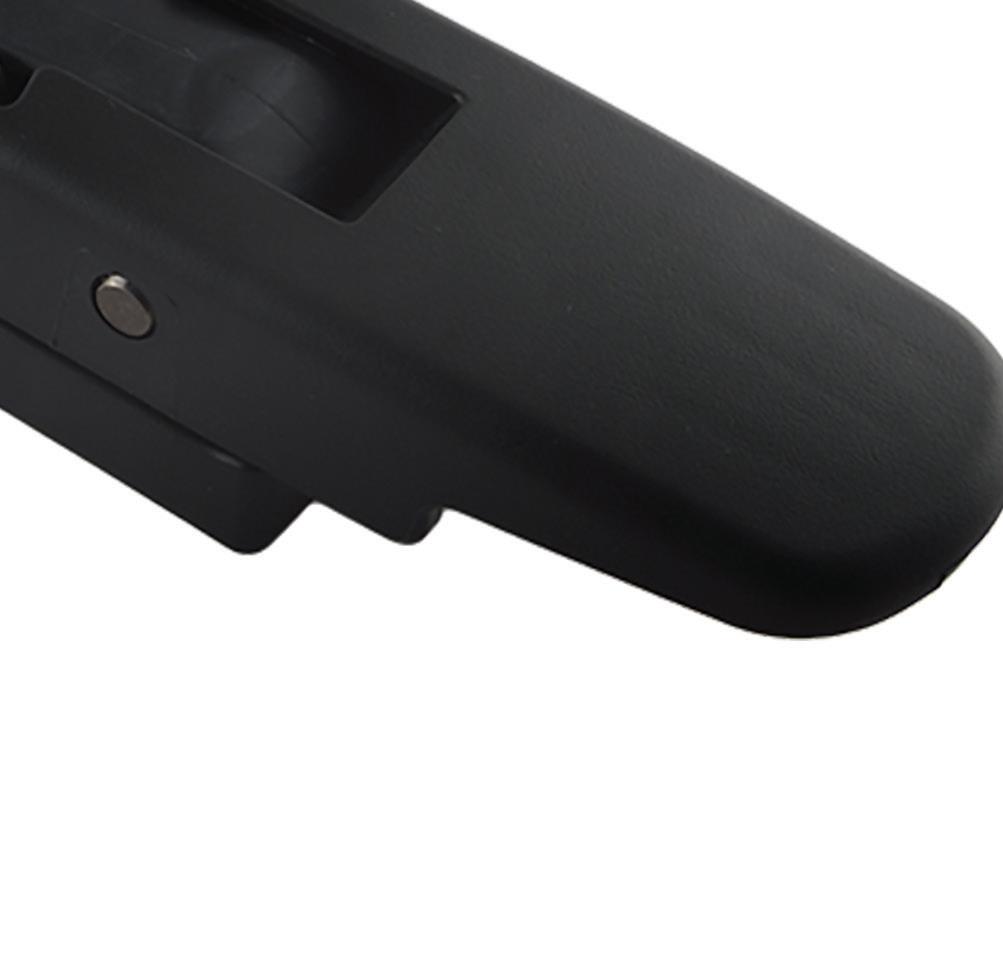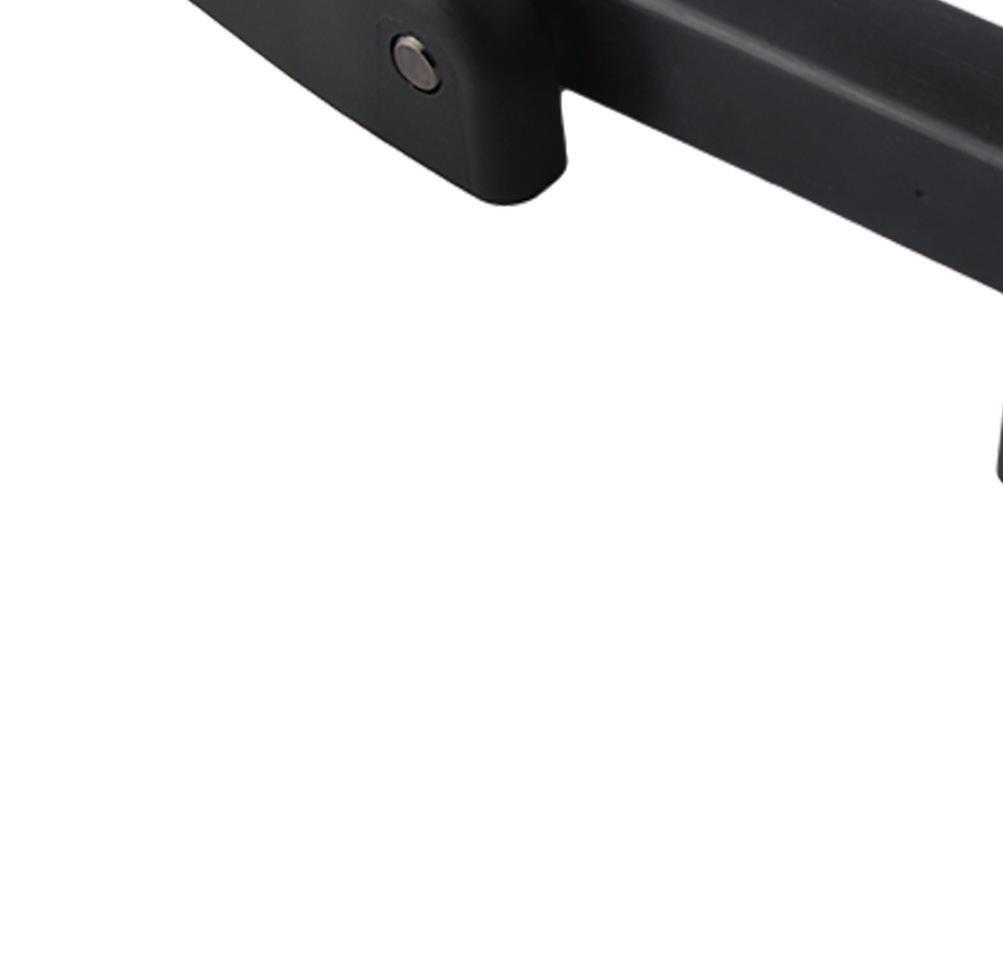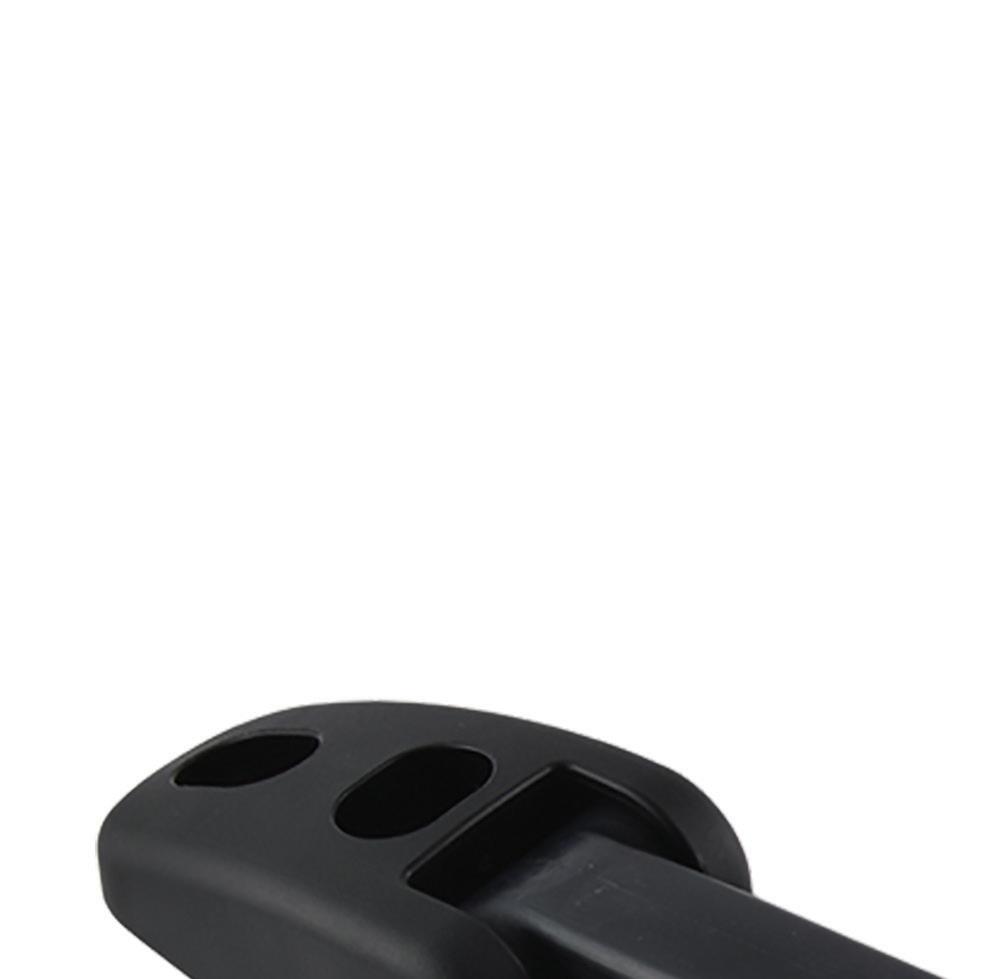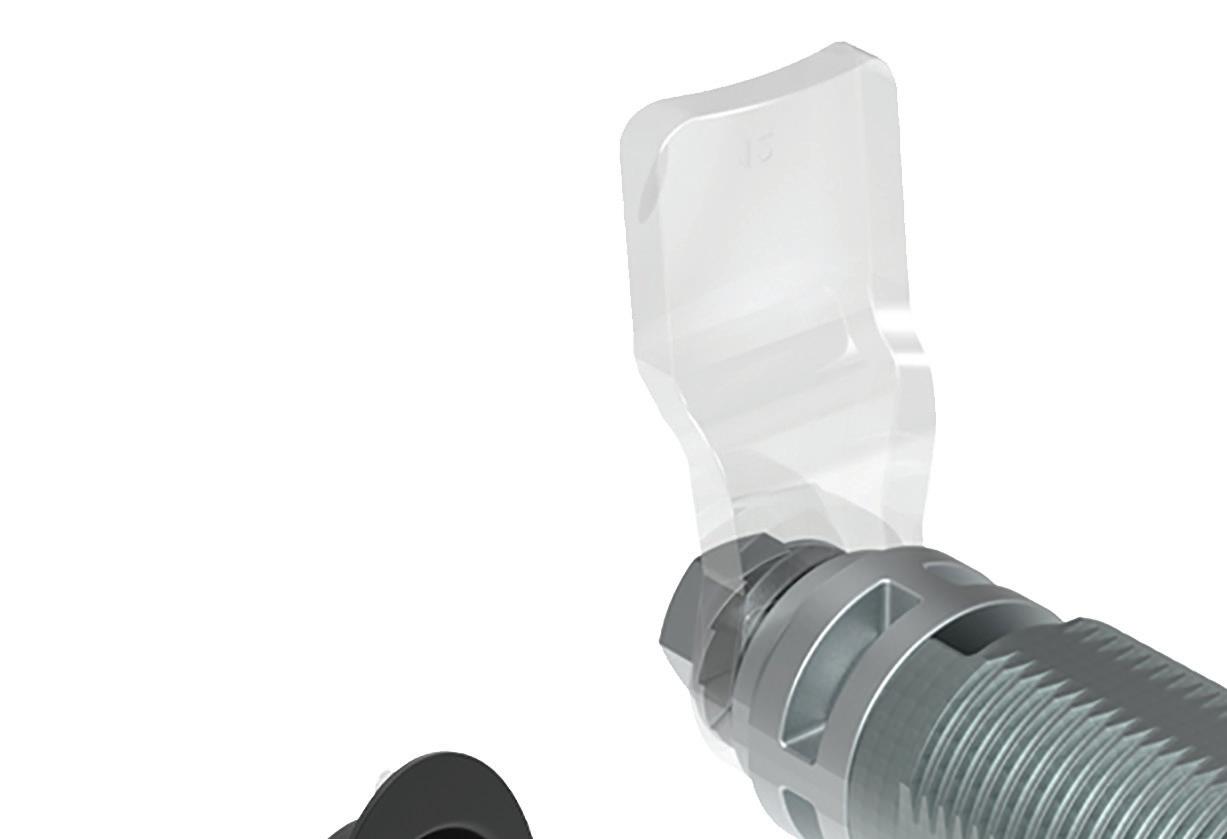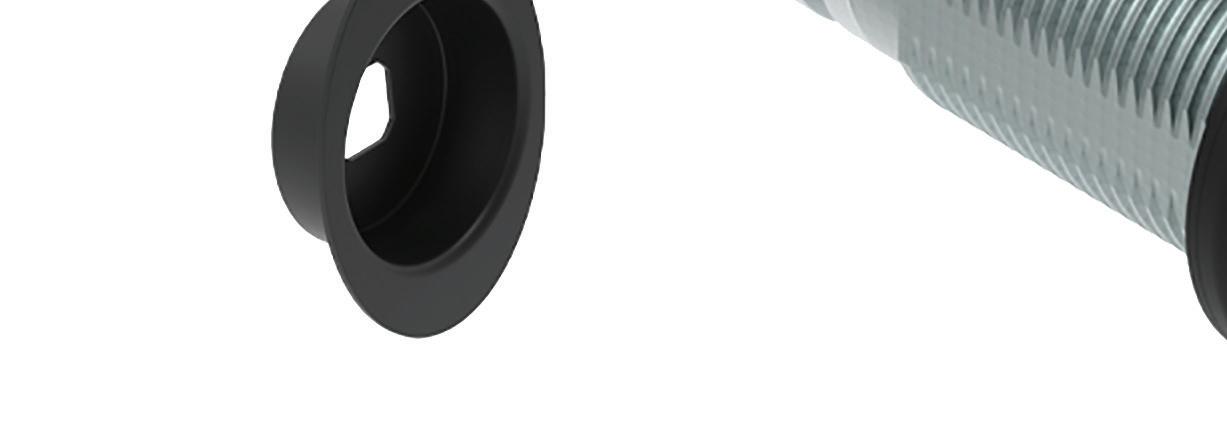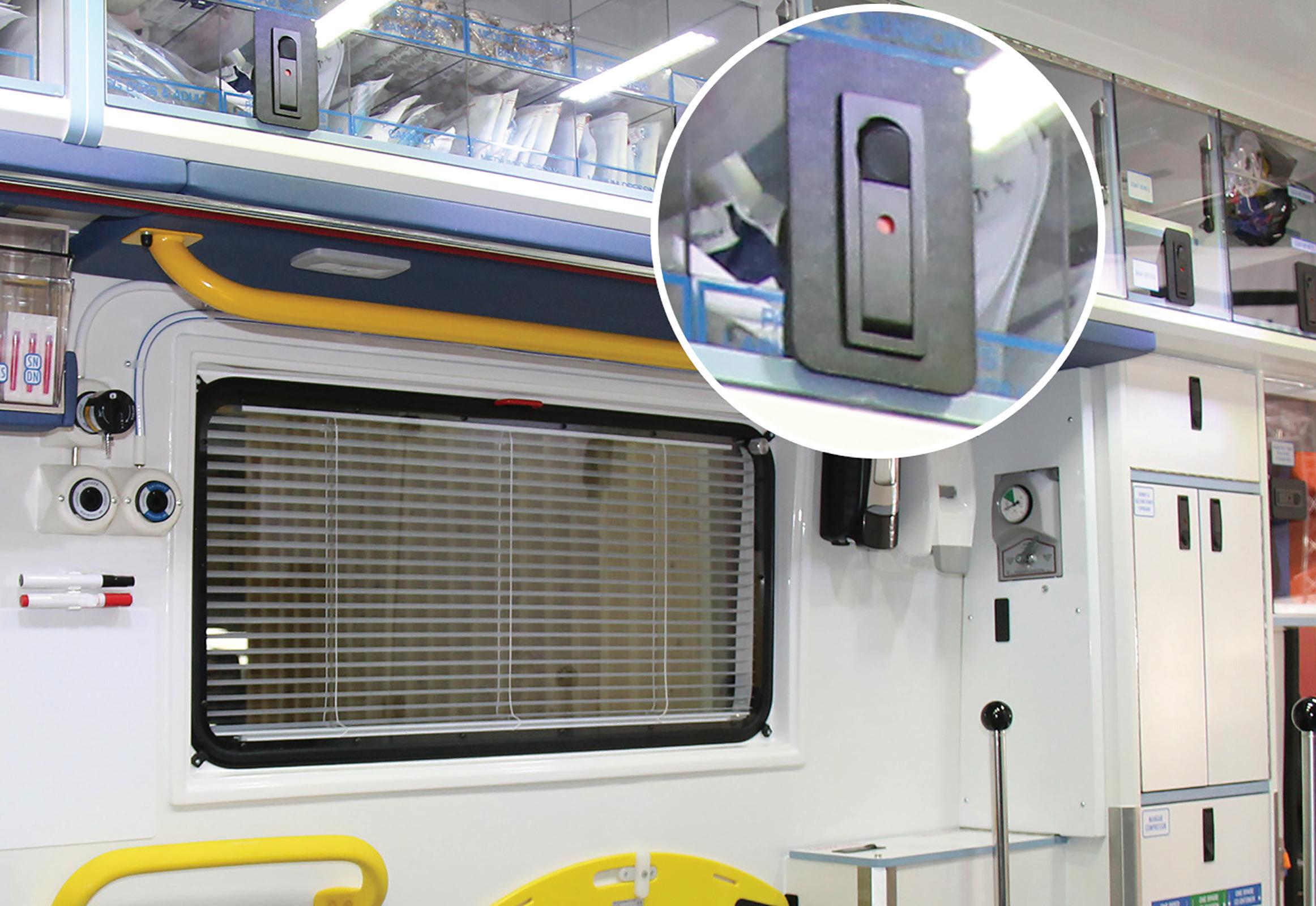
6 minute read
LATCHES
Latches, such as this C2 Lever Compression Latch, can o er a streamlined look that’s easy to install and operate while ensuring a secure and sealed fi t.
Commercial Product Manager Southco, Inc.
What are the diff erent types of latches available for secure enclosures?
A latch is a mechanical device that joins two objects together while allowing for regular separation or autonomy. For example, these two objects can be a moving panel or door, and a non-moving or fi xed panel.
A latch typically holds these objects together to protect the contents of an enclosure, granting regular access when needed — such as a metal latch that might hold a gate closed when not in use. Choosing the ideal latch, which appropriately manages access to an enclosure, is an important consideration during the design process.
Latches range greatly in complexity, depending on the purpose of an intended application. There are several factors a ecting latch selection, including the: • Actuation method • Ease of access • Desired mounting style • Security requirements • Environmental considerations
Design engineers should carefully consider these factors when deciding which type of latch to select for their specifi c application.
Types of latches The following latch types can be used to manage access to enclosures.
Cam latch – consists of a body that’s typically attached to a moving panel or door, which incorporates a cam lever that can be rotated to engage a nonmoving or fi xed panel. Once the door is closed, the cam rotates behind the fi xed panel to secure the moving panel or door. The cam lever is actuated by a simple twisting or turning motion, either by hand or tool.
Compression latch – nearly identical in functionality to a cam latch in that a compression latch is composed of a body and a cam lever that rotates when actuated by hand or tool. However, with a compression latch, the cam creates a clamping force between the two surfaces.
This force between the panels helps prevent vibration or rattling. It can also compress a gasket to provide adequate sealing for protection against environmental factors, such as dust or moisture.

Today, there are several latch options that o er latch options that o er quick accessibility, quick accessibility, smooth operation, smooth operation, and vibration-resistant and vibration-resistant fastening — and in a fastening — and in a variety of styles including variety of styles including hand-actuated, toolhand-actuated, toolactuated, or key-locking. actuated, or key-locking. For example, the E5 For example, the E5 Cam Latch series from Cam Latch series from Southco provides Southco provides quick access with just a quick access with just a quarter-turn. Its modular quarter-turn. Its modular design is ideal for several design is ideal for several di erent actuation and di erent actuation and door dimensions. door dimensions.
Draw latch – provides compression by pulling two surfaces securely together in the same plane while reducing vibration or rattling. A draw latch is typically made up of two parts. The fi rst is attached to one panel and acts as an operating mechanism. The second panel has a mounted securing part or mechanism, which acts as a keeper. Tension is, then, created when the lever is hooked to the keeper.
Outdoor latching – have stricter requirements compared to indoor latches. This is because engineers have to account for environmental factors and weather events when designing outdoor latches, such as cold weather, ice, or heat and high humidity.
Depending on the application, corrosion resistance and material degradation might also be necessary design considerations. Latches used in electrical and food equipment often need to meet specifi c industry requirements for design, construction, or sealing.
It may be necessary to meet certain specifi cations, such as with the National Electrical Manufacturers Association (or NEMA, which designs standards in North America for electrical enclosures) and the Underwriters Laboratories (or UL, a global safety certifi cation company), or other organizations.
When a latch is installed outdoors, security risks increase depending on the location and its interior contents. Typically, outdoor latches are constructed of strong or durable materials, such as stainless steel, and o er sophisticated locking mechanisms designed for better security.
Push-to-close or slam latch – holds doors or panels securely, allowing closure by simply pushing the door closed. This type of latch, when attached to a swinging door or panel, consists of a body and a cam that’s spring-loaded. When the panel or door is closed, the cam is either pushed in against a mating surface or it hooks around a striker.
Then, the cam will spring back out behind the mating surface or lock around the striker to secure the panel or door in place. The push-to-close is sometimes referred to as a “slam latch” because of
latches. This is because engineers have electrical and food equipment often need to meet specifi c industry requirements for
It may be necessary to meet certain specifi cations, such as with the National Electrical Manufacturers Association (or NEMA, which designs standards in North global safety certifi cation company), or
When a latch is installed outdoors, surface or it hooks around a striker.
Then, the cam will spring back out behind the mating surface or lock around the striker to secure the panel or door in place. The push-to-close is sometimes referred to as a “slam latch” because of its ability to resist damage if the door or panel is slammed shut. Unlike many other latches, the handle requires no turning for the latch to engage.
Sliding latch – made up of a sliding or rotating body that’s attached to one surface and a stationary keeper that’s attached to the other surface. The two surfaces become secure when the sliding or rotating mechanism moves behind the more stable part. Slide latches can also be designed to resist vibration and rattling.
Visible or hidden latches – choosing a hidden or visible latch will depend on the end user’s requirements and operating environment.
Visible latches are important when a user must view the latch to actuate it. Hidden latches are generally required for security reasons, in which case they can be concealed behind a door or panel. Hidden latches also allow for clean, uninterrupted surfaces, which can improve the appearance of a product or piece of equipment. piece of equipment.
Ideally, evaluate an application’s Ideally, evaluate an application’s requirements, features, and requirements, features, and environmental considerations early in the environmental considerations early in the design process to ensure the best latch design process to ensure the best latch for the job. for the job.
Draw latches should o er a tight latch should o er a tight latch grip and additional clamping force for grip and additional clamping force for doors and panels in challenging outdoor doors and panels in challenging outdoor operating conditions. Southco’s 37 operating conditions. Southco’s 37 Lever-Assist Latch features a long handle Lever-Assist Latch features a long handle for added leverage and built-in detents to for added leverage and built-in detents to prevent accidental opening due to prevent accidental opening due to shock or vibration. shock or vibration.
